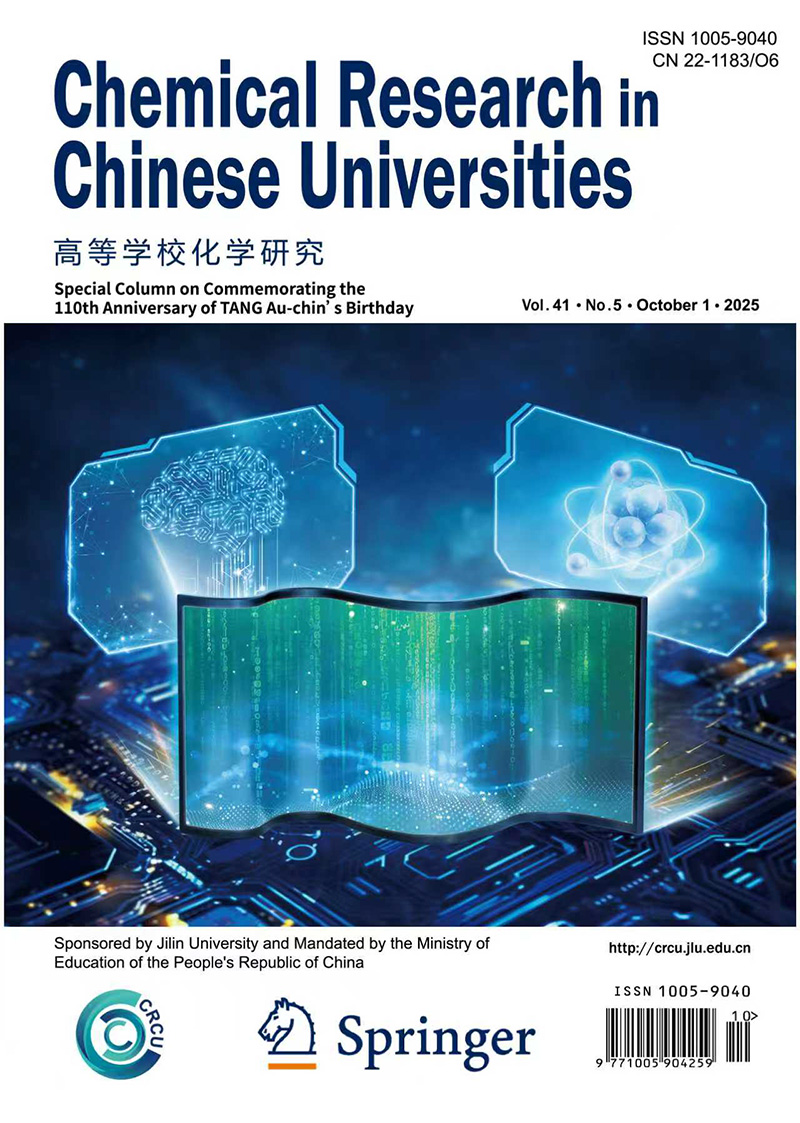This study is focused on the expression of an SH2 domain-truncated form of protein tyrosine phosphatase SHP-1(designated ΔSHP-1) and the preparation of its polyclonal antibodies. A cDNA fragment encoding ΔSHP-1 was amplified by PCR and then cloned into the pT7 expression vector. The recombinant pT7-ΔSHP-1 plasmid was used to transform Rosetta(DE3) E. coli cells. ΔSHP-1 was distributed in the exclusion body of E. coli cell extracts and was purified through a two-column chromatographic procedure. The purified enzyme exhibited an expected molecular weight on SDS-gels and HPLC gel filtration columns. It possesses robust tyrosine phosphatase activity and shows typical enzymatic characteristics of classic tyrosine phosphatases. To generate polyclonal anti-ΔSHP-1 antibodies, purified recombinant ΔSHP-1 was used to immunize a rabbit. The resultant anti-serum was subjected to purification on ΔSHP-1 antigen affinity chromatography. The purified polyclonal antibody displayed a high sensitivity and specificity toward ΔSHP-1. This study thus provides the essential materials for further investigating the biological function and pathological implication of SHP-1 and screening the inhibitors and activators of the enzyme for therapeutic drug development.

